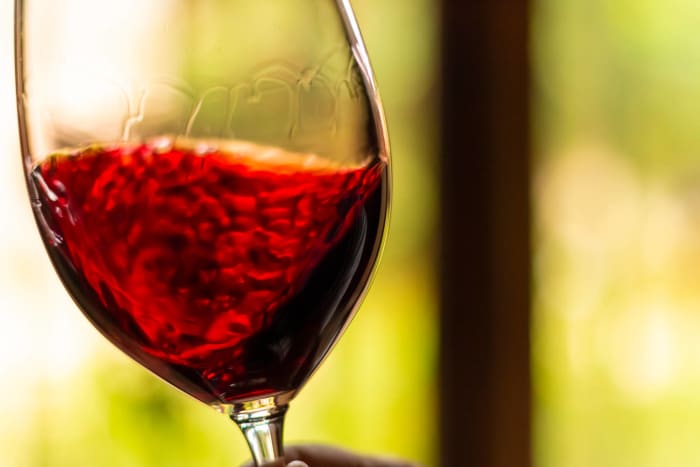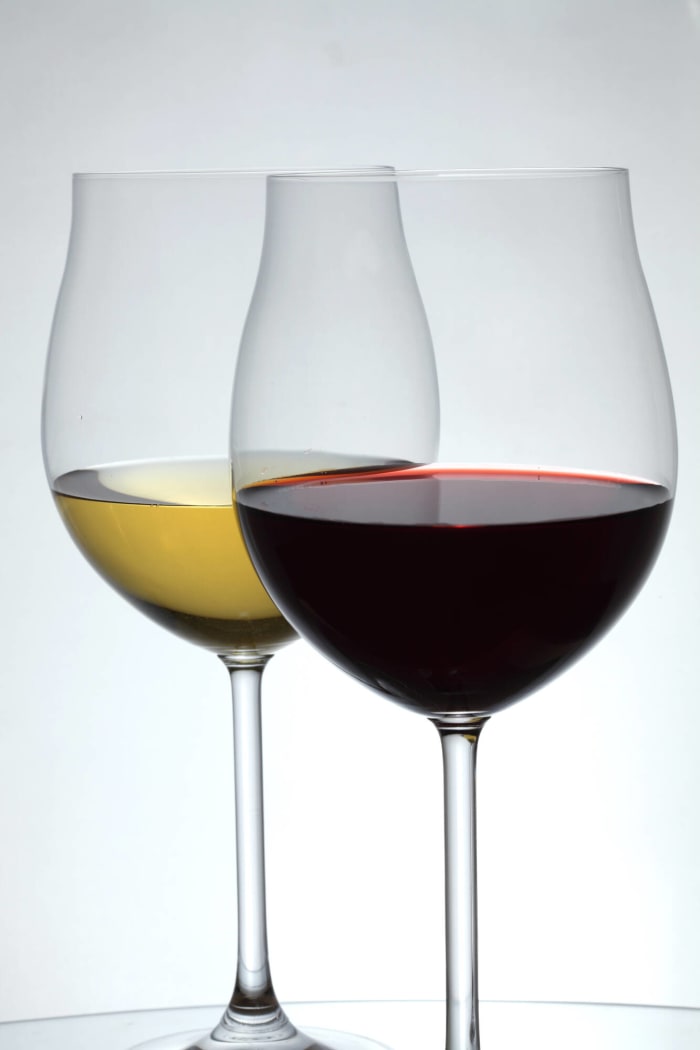x

Rostislav_Sedlacek/Shutterstock
20 wine-drinking tips that will turn you into a sommelier
Wine is a unique type of alcohol that takes years to learn about. Start with these 20 wine-drinking tips.
More must-reads:
- Pirates' longtime failure can be explained by their new prospect's shocking revelation
- Five must-watch games during NBA's opening week
- The 'Season rushing TD leaders by NFL team' quiz
Breaking News
Trending News
Customize Your Newsletter
 +
+
Get the latest news and rumors, customized to your favorite sports and teams. Emailed daily. Always free!




























